
This electronic chart table brings the bridge into the digital era
With the upgraded version set to make its debut, the future of the bridge is for everyone to see.
Ships have evolved to use digital screens for almost all applications, from navigation to crew administration. But some areas of the ship have transitioned more easily to the digital age than others.
When Hatteland Technology first introduced the 55” electronic chart table in 2017, we took aim at the arguably final frontier of onboard digitalization: The wheelhouse.
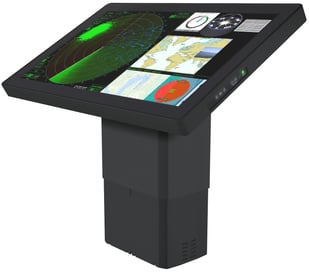
|
| Fan favorite: The HD55 Series X has been in high demand since its introduction in 2017. |
It has been a challenging domain to modernize. The mere dimensions of nautical charts, the overview needed to brief the crew, and the preference for familiar tools in high-stakes situations, are just some of the reasons why conventional IT hardware have yet to fully replace their analog counterparts.
But the HD55 Series X Multi-Vision Display is not your ordinary piece of equipment.
To understand why our biggest unit to date succeeds where other monitors fall short, we asked two gentlemen who know their way around maritime hardware.
|
|
A Master Mariner explains the concept
– This unit is the next level. It’s an electronic chart table that replaces the nautical charts, the safety manuals, and the drawings. You can bring in different applications, fire safety control, navigation planning, weather routing, hull monitoring—you name it. All in a single platform, accessible via one big, massive screen, says Capt. Jan Hansen.
Having spent his entire career in the maritime world, the 63-year-old Dane knows the ins and outs of navigation. Starting out, he spent more than ten years at sea as a navigation officer on cargo and passenger vessels, through the challenging North Sea among others. He then made the move to dry land and started working for an American system integrator, where he remained for 30 years, until he joined Hatteland Technology as an advisor in 2021.
—This unit is the next level. It’s an electronic chart table that replaces the nautical charts, the safety manuals, and the drawings.
With deep experience from maritime technologies—both as a user, and as a developer of navigation solutions—Capt. Hansen is intimately familiar with what you need on the bridge. Who better then, to explain why the HD55 series is a boon for mariners and watchkeeping officers.
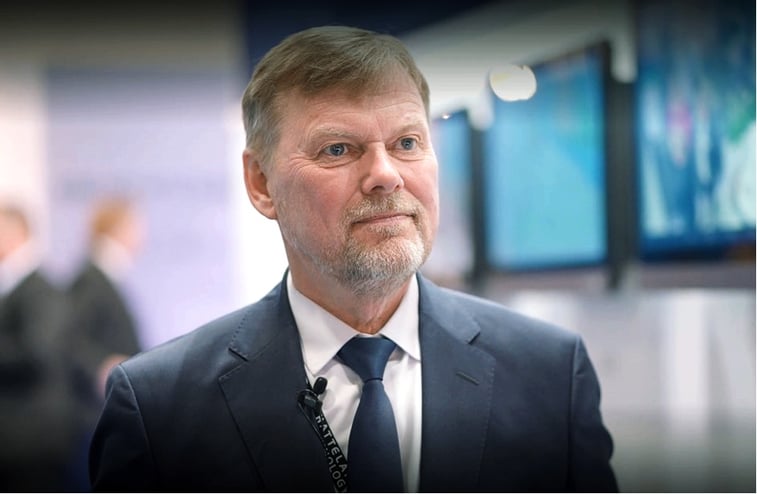 Above: Capt. Jan Thordan Hansen, Master Mariner, and advisor to Hatteland Technology.
Above: Capt. Jan Thordan Hansen, Master Mariner, and advisor to Hatteland Technology.
Displays and software applications have steadily been introduced to commercial vessels, including cruise- and passenger ships. But according to Capt. Hansen, the bridge was and is a unique challenge.
—Watchkeeping officers and the captain have been reluctant to move from the physical chart table, and books, and manuals, over to having everything as digital, he asserts.
Ergonomics (finally) top of mind
Capt. Hansen notes that while digital monitors have been part of the bridge for decades, they’ve mostly been specialized units with limited versatility: Good for their intended tasks, but not the centerpiece workstation you’d want as a captain.
Unlike other monitors, where resolution, dimming, electromagnetic shielding and the like are the desired traits, it takes even more to replace paper charts and print manuals. Watchkeeping officers need something that excels mechanically, too.
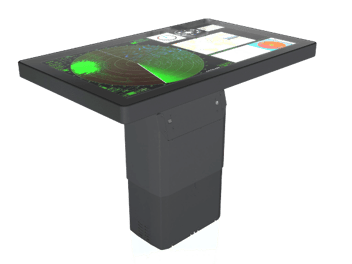 |
|
Ergonomics embodied: |
In other words, ergonomics come into play. And that’s where the HD55 X Series takes the game a giant leap forward.
–The great thing about this monitor is how you can adjust it up and down, orient it horizontally or vertically. That makes a huge difference for the crew briefings, to be able to position the screen exactly as you please, Capt. Hansen says.
The experienced mariner lets us in on how the leadership often briefs the crew before departure. He says the captain calls the navigation officers in, and whoever else they want to inform.
They’ll typically outline the voyage, route selection, address anything noteworthy, such as notice to mariners and those sorts of things.
— My favorite feature is that I can blow up my electronic chart to full size, like we did back in the days when charts were paper.
With the 55-inch, he adds, they can do it all in a digital domain. It acts independently from your must-have equipment, in effect giving you an add-on that heightens your operational safety.
– My favorite feature is that I can blow up my electronic chart to full size, like we did back in the days when charts were paper. And most captains and colleagues of mine, their main objection has always been that they want to have a big chart to do the planning in, instead of looking at a small screen.
An integrated part of the bridge
One rewarding aspect of launching a new product into the real world, is the learning you’re bound to draw from it. Will people use the product as intended? Should anything be redesigned?
A few years after its launch, Capt. Hansen says the role of the HD55 keeps evolving.
– The HD55 is on the bridge, it’s in the wheelhouse of the ship. And most of our customers are putting it in the back, where you typically have the chart table. Then, you normally have a curtain you can close around it, so that you can do safety operations and not disturb the watchkeeping officer. That’s where we mostly see it. But with our new design, we’re moving it forward, so that it becomes an integrated part of the bridge.
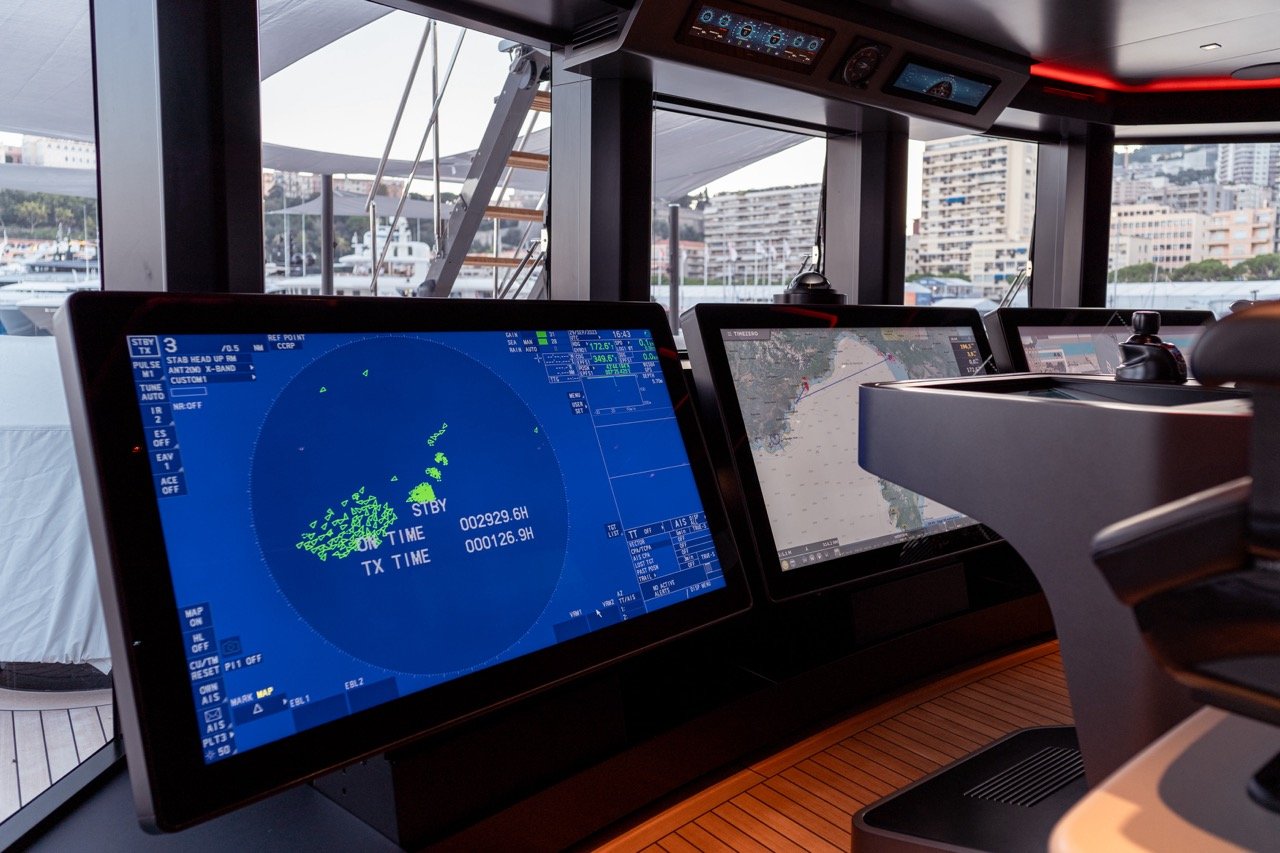
Above: Superyacht Baglietto T52 with its impressive array of three HD55 Series X MVDs.
Full story and video available here.
Big screens are widely available in the consumer market. But what might impress in someone’s living room won’t be of much use in the maritime environment. Monitors used for safety applications on a ship must comply with international rules, such as the IEC 60945 standard, and — depending on user requirements — various other standards.
Complying with specific standards can involve testing for dimming capabilities, different vibration levels, ingress protection, EMC/EMI shielding, and a long list of other things. Going beyond the minimum requirements will usually make a real difference to the user.
To that end, experience plays a key role. Take Hatteland Technology’s color calibration method for instance: It has been developed and refined over the course of many years. Now it has been carried over to the 55-inch, using the tried-and-true process we’ve developed for all our other ECDIS-certified monitors and panel computers.
— You can’t just take a traditional, standard monitor and put it in the wheelhouse. When you use it at nighttime, you must be able to dim down to zero and keep your color calibration correct. The HD55 is type-approved for that, Capt. Hansen says.
When beautiful design meets great engineering
— We do whatever we need to make sure it works well in all conditions, when mounted on the wall, in the console,
on our floor stand – anywhere.
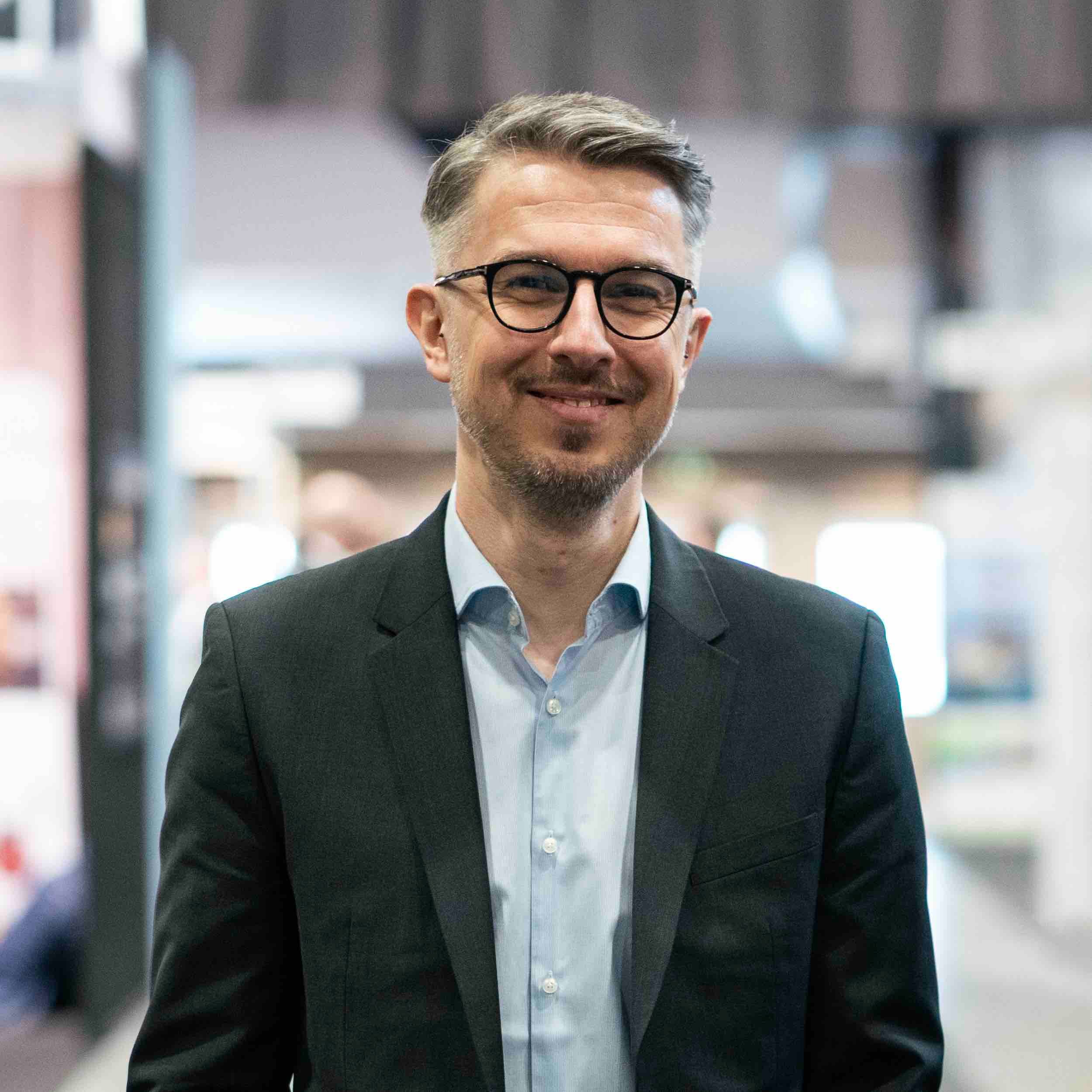
Above: Mr. Jakub Kwiatkowski, Vice President R&D at Hatteland Technology.
The slick appearance of the HD55 Series X conceals the fact that getting here took tons of ingenuity and labor. One of its principal architects, Mr. Jakub Kwiatkowski, explains the considerations that went into its design, and what the main challenges were.
– The biggest challenge is that a 55” isn’t just an easy scale-up from what we had done earlier, when our largest screen was a 27”. Going into 4K-resolution with the 32”, 43” and 55” — the latter the largest and the most troublesome — meant we had to develop many new work methods, because handling devices of this size is not as trivial. I would say the most challenging aspect was vibration work, because of the unit’s size and mass. Vibration testing involves shifting the monitor about in three dimensions, which is no walk in the park with a unit this size. But we do whatever we need to make sure it works well in all conditions, when mounted on the wall, in the console, on our floor stand – anywhere.Though a painstaking process, Mr. Kwiatkowski says he’s grateful for everything he and his team learned through making the 1st generation 55-inch. Now that the development of the 2nd generation is almost finalized, the 41-year-old Pole is excited to have made a great product even better.
– It’s a significant upgrade. The 2nd generation is slimmer, nicer looking, we have added a few features, like the optional keypad in the front to make it easier to control some of the main functions of the device. Furthermore, the new version is easier for users to install and maintain, he says.
The new-generation 55-inch, like its predecessor, comes in several different mounting options: wall-mount, console-mount, floor stand (manual adjustments), and chart-table-mount. When used as a chart table, a motorized column accompanies the monitor. It allows you to elevate or lower the monitor, and to tilt it from vertical to horizontal position. Plus, the base is spacious enough to accommodate a Hatteland Technology computer, forming a unified system with the HD55. It also houses cables and other accessories, keeping the bridge tidy.
A (surprisingly) versatile piece of equipment
– This unit draws a crowd wherever we display it. And when we tell them it complies with all those stringent marine standards,
that’s just another level of fun.
Mr. Kwiatkowski is pleased to report that the 55-inch has been welcomed with open arms into the industry. A monitor this size is highly unusual for the context it’s intended for. And, like Capt. Hansen mentioned, the way you can operate it adds to the spectacle. When mounted on the chart table it moves up and down, and it tilts. Then you have the full dimming, and a highly sophisticated touchscreen that distinguishes between 60 fingers simultaneously.
Taken together, it’s one of those products that delight the user to the point where they want to use it as much as possible.
– This unit draws a crowd wherever we display it. And when we tell them it complies with all those stringent marine standards, that’s just another level of fun, Mr. Kwiatkowski smiles.
– The feedback has been great, though I do get a few unexpected questions. Can we sit on it, can we use it as a regular table, how many kilograms can it handle, and so on. And I get it, because it’s a multi-functional device that you place in the middle of your bridge, so you’d like it to blend in as a functional element of the area.
We suggest it could perhaps be marketed as a coffee table, to the more conservative mariners who may not be quite prepared to take the leap and go digital. Jakub laughs.
–The front is IP66, so I don’t mind if people serve their coffee on it— so long as we’re making life on board easier!
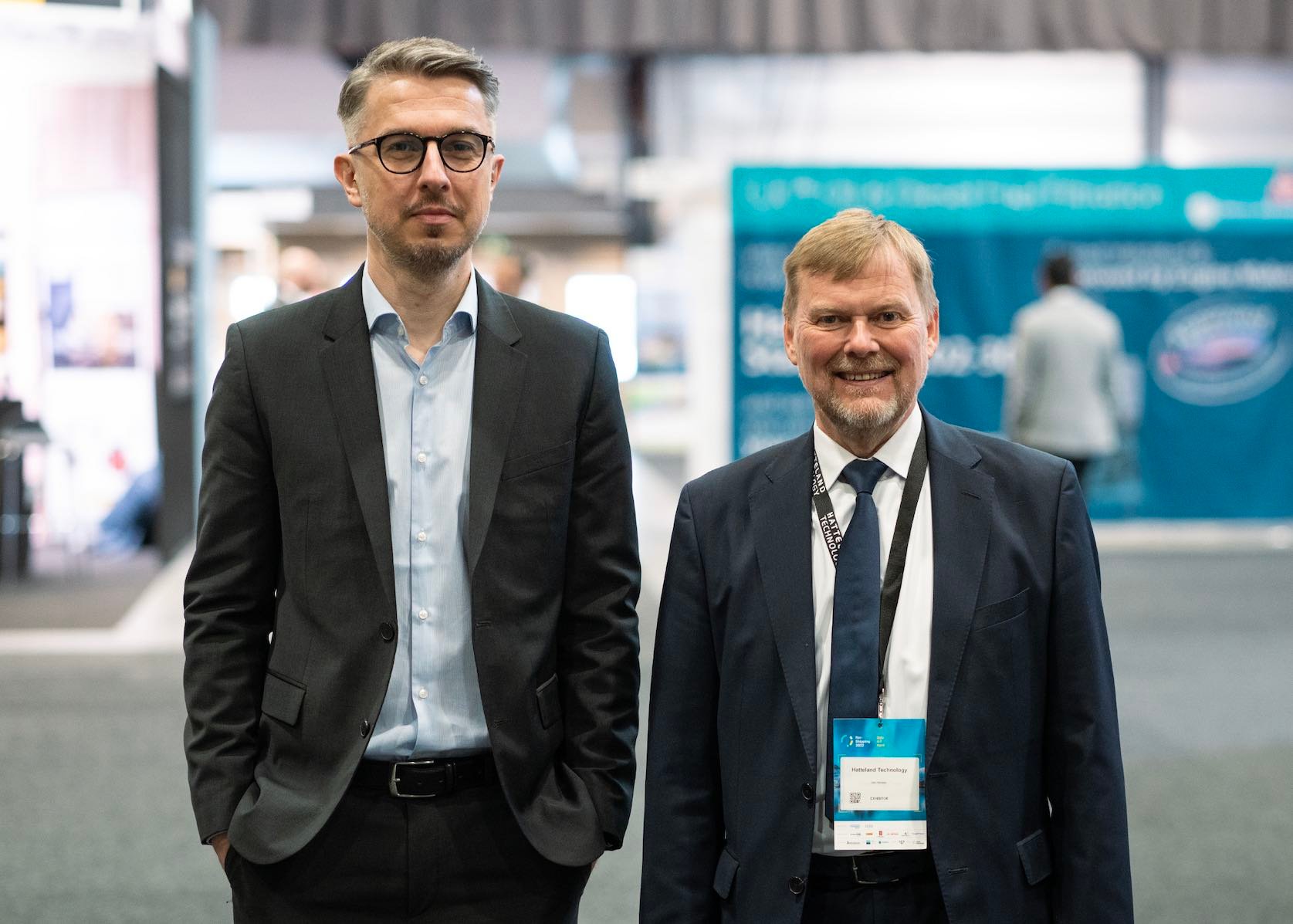
Maritime minds: Mr. Jakub Kwiatkowski and Capt. Jan Hansen.
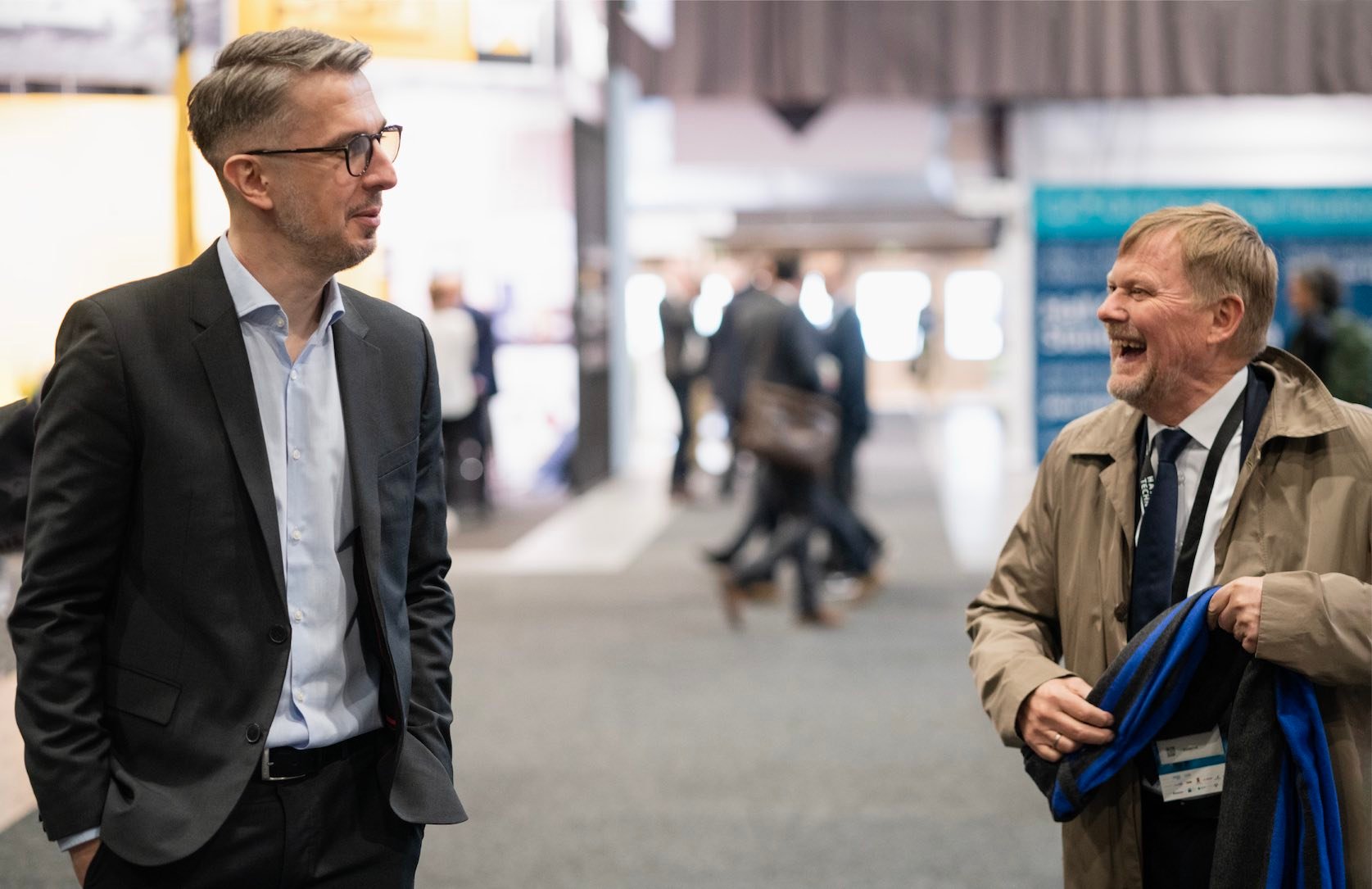
For specifications and product information about the HD55 X Series, click here.
Related material:
Explore the innovative bridge of superyacht Baglietto T52 — with Furuno Italia
Color calibration for ECDIS: What it is and why it matters
Let's take a closer look at optical bonding
An introduction to computer networks on board ships
